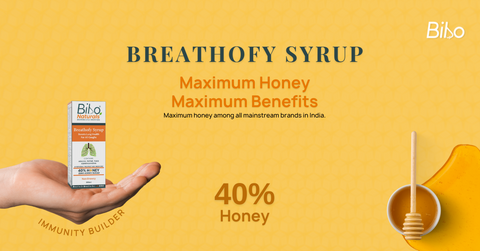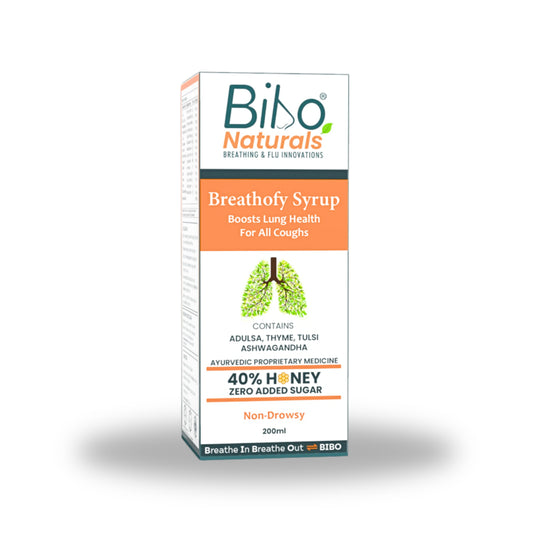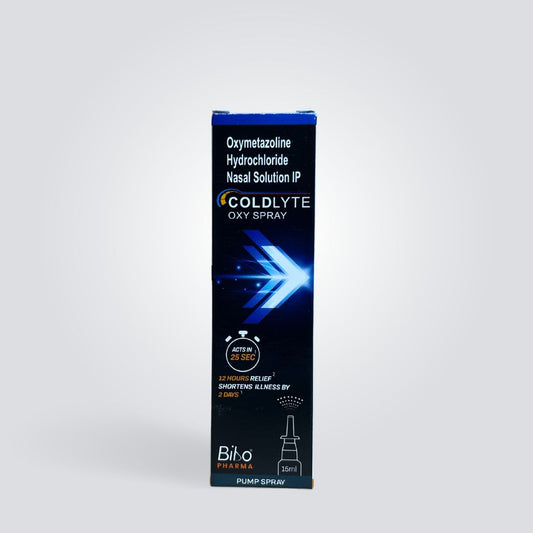Diwali is the festival of lights. Indians decorate their houses and light diyas and candles all over their house.
It is believed that Goddess Lakshmi would visit our house on Diwali. So, generally, people in India clean their entire house before Diwali. While cleaning the house, we all come in contact with a lot of dust particles, including dust mites. Generally, these mites are harmless, but some people may be allergic to them and show symptoms like sneezing, runny nose or in worse cases, even breathing difficulty.
What are dust mites?
Dust mites are tiny bugs from the spider family which can be seen only through a microscope. These mites feed on the dead skin cells regularly shed by people. The favourable condition to live for these mites is humid and warm temperature. They rely on the humidity in the environment for water content.
Where are these dust mites usually present?

The dust mites are generally present in the house dust of many people. These mites are also the most common cause of triggering allergies in conditions like hay fever, sinusitis and asthma.
The most favourable environment for dust mites is beds, furniture and carpets, which are most likely to contain human dead skin cells.
What is dust mite allergy?

Many people may be allergic to dust mites, and when they come in contact with these mites, they may show some symptoms such as-
- Sneezing
- Runny nose
- Red, itchy and watery eyes
- Blocked nose
- Postnasal drip
- Itching in the throat, nose and mouth
- Pain and pressure in the face
- Headache
- Cough
Many people with asthma may be allergic to these dust mites and may show symptoms like:
- Wheezing
- Breathing difficulty
- Cough
- Chest tightness
- Troubled sleeping
Dust allergy is common in people with sinusitis, asthma, nasal polyps, bronchitis, and other respiratory problems.
Ways to prevent yourself from dust mites
1. Cover your face while cleaning the dustiest areasDuring Diwali, we all would clean our entire house. There are many areas in our house which we would not clean on daily basis, like under the bed, the cupboards, fans, etc. These areas may contain more dust, and while cleaning these areas, the dust mites may enter your nose causing allergic symptoms.
2. Prefer changing your clothes after cleaning the houseWhile cleaning the house, you might come in contact with many dust mites. They may get stuck on your clothes and skin. It is good to change your clothes, and if possible, take a shower after cleaning the house.
3. Improve your immunity
Many people are allergic to dust mites, and coming in contact with them may cause multiple symptoms, which may lead to reduced immunity.
Many foods help to improve immunity like:
- Foods rich in vitamin C, such as oranges, strawberries, berries, lemon, papaya, peppers, kiwi, grapefruit, tomatoes, broccoli, cabbage, sprouts, etc.
- Herbs like tulsi, ginger, garlic, turmeric, mulethi, honey, etc., may help to improve your immunity if consumed daily.
As these dust mites are generally present on the beds, carpets and furniture, it is good to keep these areas clean. A vacuum cleaner may help to remove these tiny bugs, which are generally difficult to remove.
5. Change the bed sheets, blankets and curtains weeklyEvery hour we shed nearly 1,500,000 dead skin cells. So, you can imagine how many dead skin cells we would shed when we are asleep. Due to the presence of most amounts of dead cells on beds, it becomes necessary to keep the bed clean.
Generally, people with a common cold, cough, sinusitis and asthma may experience a severity in their symptoms, especially in the nighttime. One reason for this could be the dust mites on the bed, which makes it likely for people with dust mite allergies to see an increase in their symptoms.
6. Clean your bed before sleepingEven if you are not allergic to dust mites, it is always good to clean your bed before sleeping. Beds may not just contain dust mites but other dust particles, which may easily enter your nose. This may increase the chances of sneezing, runny nose, nasal congestion, cough, snoring and other symptoms.
7. Cover the mattresses and pillows with plastic or finely woven fabric.8. Use HEPA filters
How BIBO helps!
Breathofy Syrup

It contains 15 herbs that are good for respiratory health. Many herbs in this syrup show anti-allergic and immunity-building properties. Taking 5 ml of this syrup daily may help to improve immunity and reduce allergies.
Bibo Clear Vapor Patch Ultra
It is a hands-free inhaler. It contains essential oils, which help to reduce the symptoms of allergies.
Breathe Blend

Breathe blend contains 5 premium essential oils that are good for respiratory health.
Saline Nasal Spray

Fortified with Tulsi and Xylitol, Bibo saline nasal spray not only removes dust, excess mucus and microbes from the nasal cavity but also improves overall immunity.
Kadha Mix
Kadha with honey and many herbs that are beneficial for respiratory health. It doesn't taste spicy like other kadhas.
References:
- Wilson JM, Platts-Mills TAE. Home Environmental Interventions for House Dust Mite. J Allergy Clin Immunol Pract. 2018 Jan-Feb;6(1):1-7. doi: 10.1016/j.jaip.2017.10.003. PMID: 29310755; PMCID: PMC6474366.
- https://www.sciencedirect.com/science/article/pii/S0091674914014821




